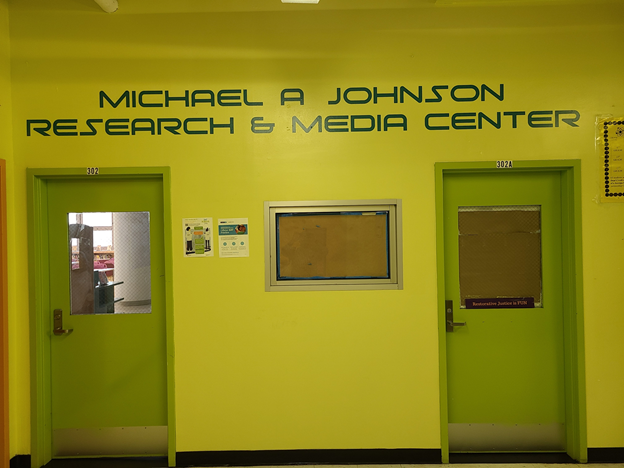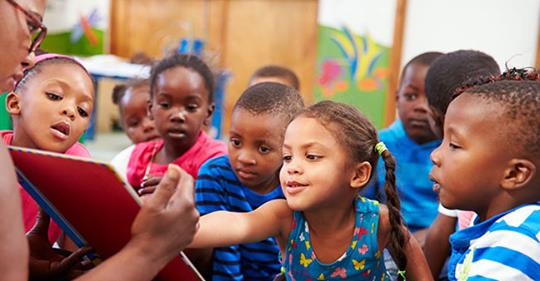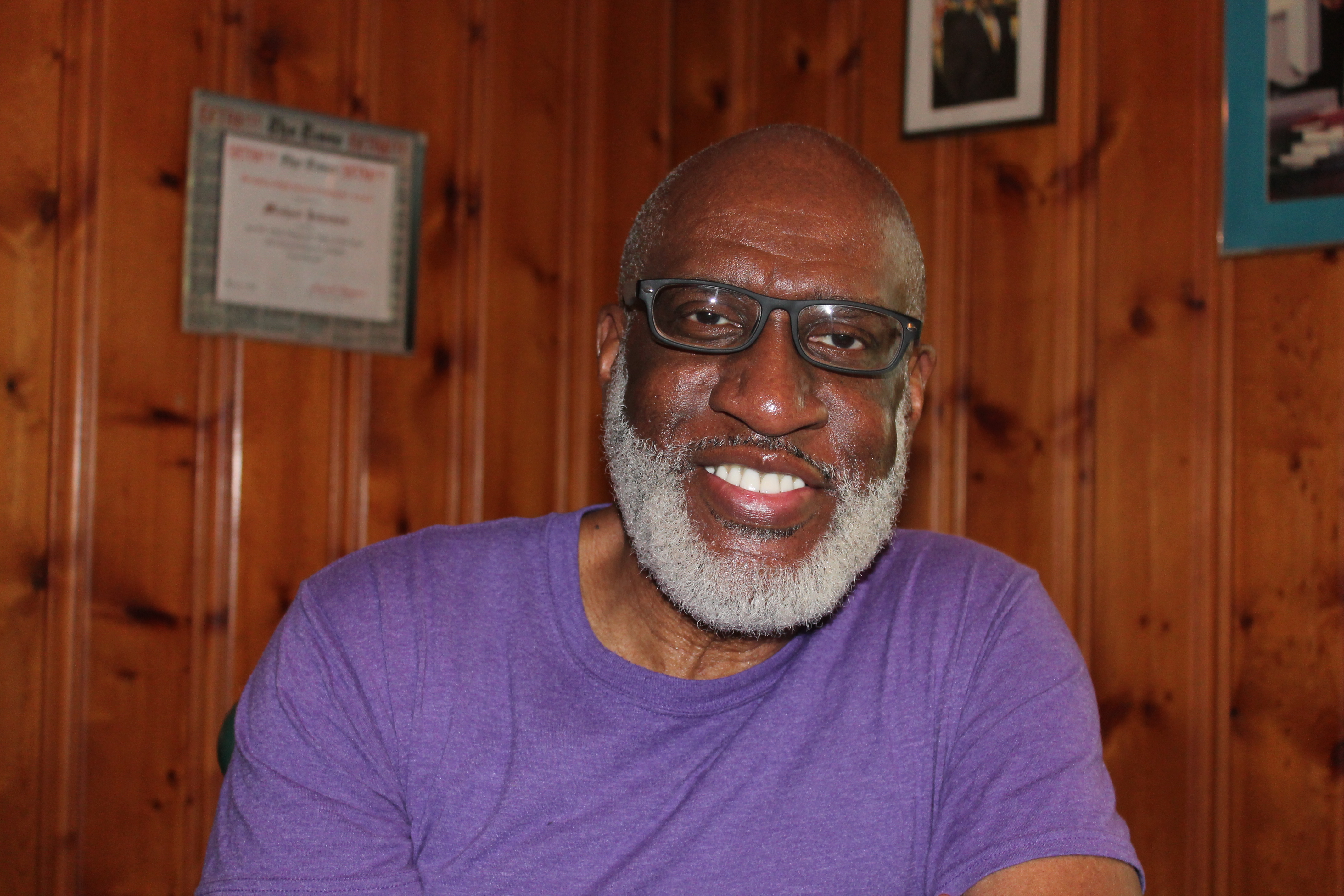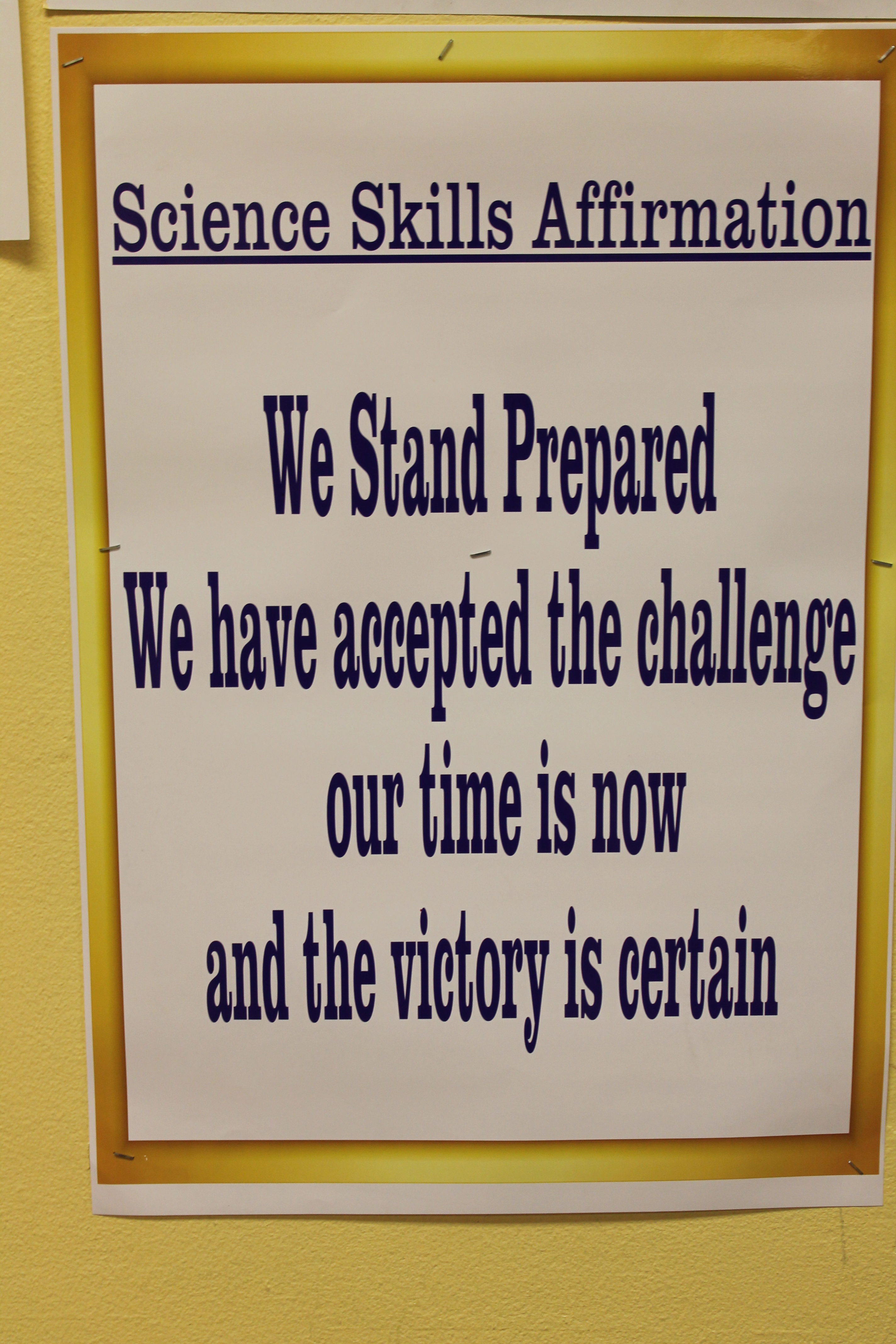I must say that the NY Post has properly nailed this topic! Congrats to Susan Edelman for some great journalism. This is the side of the story that is not being covered by most media outlets (I wonder why?). The focus unfortunately has been on the topic of ‘racial integration’, and not the vastly more important objective of the integration of rigorous high level learning for NYC’s Black and Latino K-8 children! Hat’s off to Jumaane Williams and Robert Cornegy Jr for standing firm for higher standards for all children regardless of zip code!
‘Educational genocide’: NYC schools are leaving black and Hispanic students behind By Susan Edelman NY Post April 6, 2019
New York City school districts with the largest black and Hispanic enrollment offer the fewest programs for gifted and talented children — a void one successful graduate calls “educational genocide.”
“It’s like killing off a group of people who are not getting the quality of education they deserve, and it’s a crime,” said Tai Abrams, a 2005 alumna of the Bronx HS of Science, a specialized high school that has bred eight Nobel and eight Pulitzer prize winners.
Abrams, who left Wall Street to tutor bright minority kids, and other alumni of the city’s elite high schools told The Post that they credit their early education in programs for gifted students for getting them into the top schools.
Today, 10 school districts with 88 percent to 96 percent black and Hispanic enrollment have only one K-5 Gifted and Talented program or none, city data show.
Of the 15,979 children in the city’s 86 G&T programs, only 21 percent are black and Hispanic kids, though they make up nearly 70 percent of the total public-school enrollment. Another 73 percent are Asian and white. Alumni, city lawmakers and educators decry the disparity.
“There’s nothing wrong with the brains of black and Latino kids,” said Michael A. Johnson, a respected former Queens principal and superintendent. “Good, rigorous gifted and talented education can prepare them.”
Led by Robert Cornegy Jr., 19 City Council members sent a letter to Schools Chancellor Richard Carranza last month saying the disappearance of G&T programs for black and brown kids was to blame for their low rate of acceptance to eight specialized high schools.
Black and Hispanic kids received just 10.6 percent of the 4,798 seats offered for the 2019-20 school year at those high schools, while whites got 28.5 percent and Asian Americans 51 percent.
Before 2008, the 32 community school districts each used various measures to choose kids for G&T classes. Then-Mayor Mike Bloomberg changed the system citywide to require a minimum 90th-percentile score on national standardized intelligence tests.
As a result, from 2009 to 2013, the city Department of Education closed some 60 G&T programs, mostly in black and brown neighborhoods. Not enough kids took the tests or As a result, from 2009 to 2013, the city Department of Education closed some 60 G&T programs, mostly in black and brown neighborhoods. Not enough kids took the tests or scored high enough to justify the cost, officials decided.
“Parents living in poverty don’t know about this test. It’s an awareness problem,” said James Borland, an education professor at Teachers College, Columbia University, who focuses on gifted issues.
“In the wealthier areas of town, more kids take the test. And standardized tests advantage kids from wealthier families who can afford the test prep, so it’s a double whammy.” Asian students received most offers to city’s elite high schools
Since 2016, the de Blasio administration has added G&T classes in eight schools in black and brown neighborhoods for kids in grades 3 to 5 who are chosen without taking the test. While 88 percent of kids in these classes are black and Hispanic, the enrollment totals only 176, data show.
Several alumni told The Post that more G&T programs could change the equation.
Abrams, the daughter of Guyanese immigrants and raised by a single mom, was valedictorian of the first graduating class of PS 235, the Lenox Academy, then a K-8 public school for gifted children in Flatbush. Today, the school runs an advanced reading program for high-performers. All passed the Regents math exam in seventh grade — Abrams got 100 — shocking school officials who demanded they retake it. “They thought we cheated,” she said. All seven kids scored high enough on the SHSAT, the sole entry criterion for the specialized schools, to get in: One went to Stuyvesant HS, Abrams and another went to Bronx Science and the rest went to Brooklyn Tech.
Abrams earned a bachelor’s in math from Duke University. After two internships on Wall Street as an investment banker, she worked for a business-consulting firm.
But she left to give minority kids the same prep she received. In 2016, she founded AdmissionSquad, a nonprofit that helps get high-achieving middle-schoolers into top city high schools and colleges. It charges fees on a sliding scale from $100 to $350 a month. Her philosophy: “Give them the access, give them the opportunity to rise to the occasion, and you’ll see that they can do the work.”
Last year, Safina, Ralph and Semira Davis — a set of eighth-grade triplets from Mount Vernon, The Bronx — traveled to AdmissionSquad in Brooklyn for four months. All got into top city high schools: Safina was one of 10 black students admitted to Stuyvesant, Ralph went to Brooklyn Latin and Semira got into Beacon HS.
Abrams is against abolishing the SHSAT — which Mayor de Blasio and Carranza say is the way to boost diversity.
“I believe those schools are designed for the city’s gifted and talented students. They’re designed for advanced learning. The test serves as a mechanism to select those students,” she said.
“The test is a meritocracy. You’ve got to study hard, study well and show up on exam day. From that perspective, it’s fair,” she said.
Public Advocate Jumaane Williams agreed. Schooled in G&T, he said he wouldn’t have gotten into Brooklyn Tech if not for his SHSAT score. “My grades were terrible, and I had behavior issues,” he said. He graduated Tech in 1994.
While Williams may back multiple measures to admit kids, he vowed, “I will not support any plan that takes away having the test.”
As for G&T programs in black and Hispanic areas, “I think we have to bring them back,” he said.
Brooklyn Tech alums Michael Walker and Stephanie Jackson say gifted classes got them into the elite school.
Michael Walker attended Brooklyn Tech from 1979 to 1983, when black students outnumbered white ones. G&T in elementary and accelerated Special Progress classes in middle school paved his way.
“That education was our prep program. We weren’t taught how to pass an exam. We were being taught the material on the exam,” he said.
His fiancée, Stephanie Jackson, Brooklyn Tech Class of ’86, was placed in an Intellectually Gifted Children class in grade school and went on to gifted classes at the former Satellite West, a middle school a middle school near the Brooklyn Navy Yard.
“I recall reading ‘Othello’ in eighth grade,” she said. “Satellite had a rigorous program in science, math, English and the arts. We were nurtured and prepared and told we could compete.”
Jackson and Walker also oppose elimination of the SHSAT.
“It’s a badge of honor to be able to say you went in there, didn’t choke under pressure and delivered what was expected of you,” Jackson said.
Original article:https://nypost.com/2019/04/06/educational-genocide-nyc-schools-are-leaving-black-and-hispanic-students-behind/










